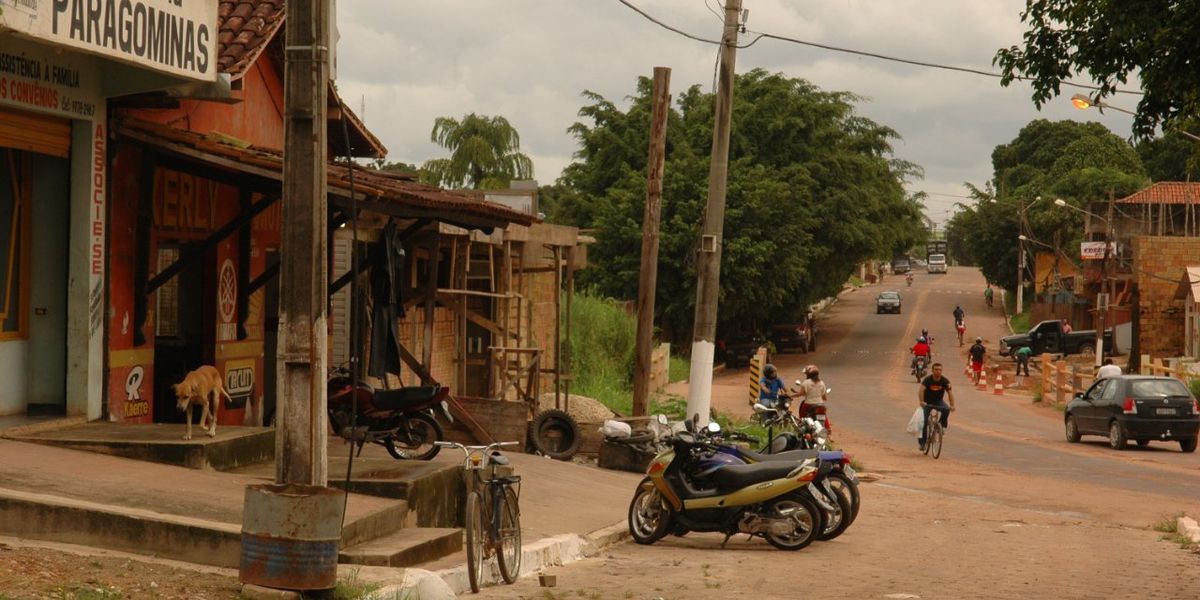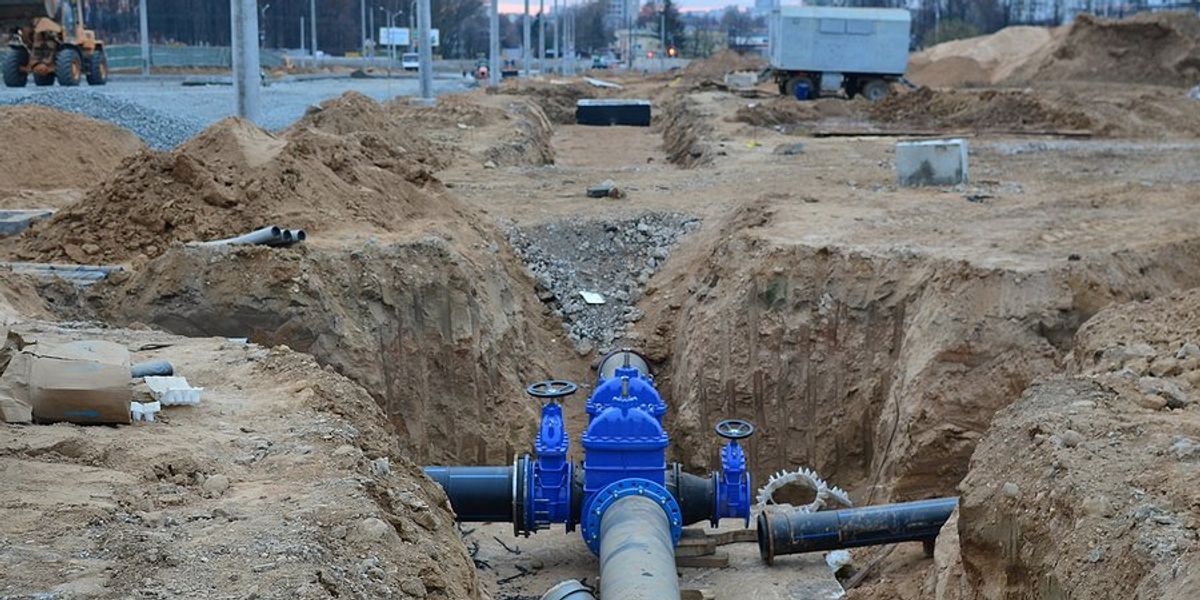
How a deforestation hub in the Amazon became a model for sustainability
Once a symbol of Amazonian deforestation, Paragominas, Brazil, has transformed into a beacon of sustainable development, reducing deforestation by 80% and earning recognition as a "green municipality."
Mac Margolis reports for The Guardian.
In short:
- Paragominas, once infamous for rampant deforestation, banned slash-and-burn farming and illegal logging through a community-driven environmental pact in 2008, achieving an 80% deforestation reduction by 2010.
- The pact included a geo-referenced property registry to monitor land use, making Paragominas a model of environmental governance and a magnet for investment and sustainable growth.
- Despite setbacks, including a deforestation spike under Jair Bolsonaro's administration, the municipality now boasts improved forest cover, economic growth and rising education standards.
Key quote:
“Paragominas transformed from one of the country’s worst forest predators to one of the leaders of environmental governance in the Amazon.”
— Tasso Azevedo, forestry expert
Why this matters:
Paragominas demonstrates that local action and community consensus can reverse environmental destruction, offering a hopeful model for addressing the Amazon’s ecological and climate challenges. Paragominas shows that even in a place scarred by exploitation, regeneration isn’t just possible — it’s powerful.
Read more: EU’s new climate change plan will cause biodiversity loss and deforestation.














